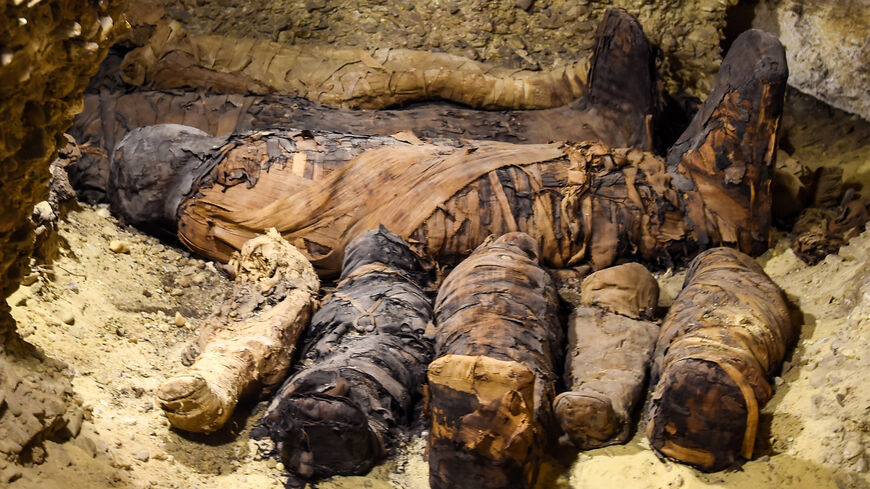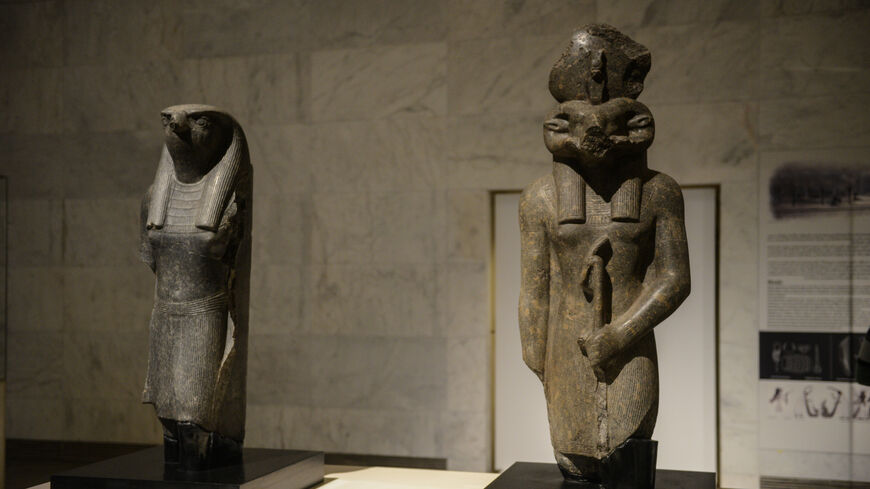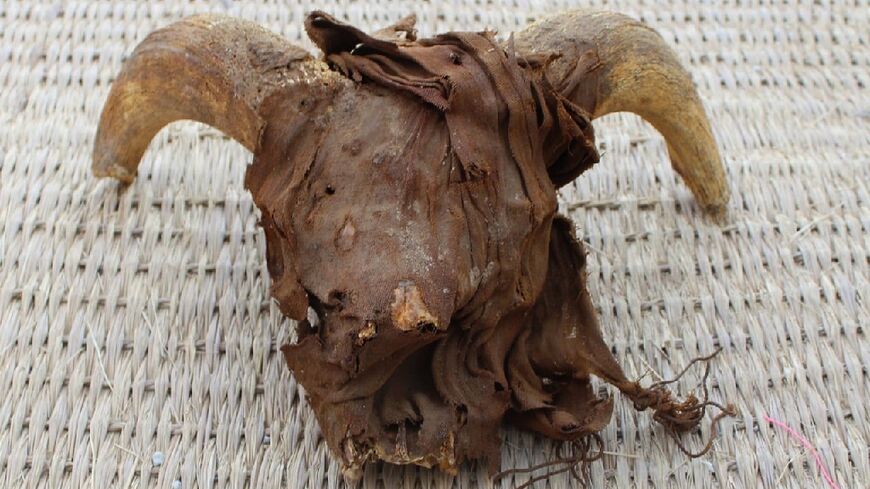Researchers hunt monkeypox in mummified Egyptian animals
A group of researchers have called for tracking the history of the monkeypox virus in the mummies of animals, as more studies are revealing the importance of the relationship between humans and animals in ancient Egypt.
.jpg?h=a5ae579a&itok=xQ_gq7-9)
CAIRO — In correspondence published Oct. 25 by The Lancet Microbe, a journal that publishes research on clinically relevant microbes at all scales, researchers from Upstate Medical University of New York and Aswan University in Egypt called for tracking the history of the monkeypox virus in ancient Egyptian animal mummies.
In their correspondence, the researchers said, “Although the world has long been fascinated by human mummies, interest in animal mummies has only recently increased. Ancient Egyptian animal mummies are less well researched than human mummies, but once well studied, could open the door to understanding epidemic dynamics at the human-animal interface in ancient times and the subsequent impact on modern diseases.”
Subscribe for unlimited access
All news, events, memos, reports, and analysis, and access all 10 of our newsletters. Learn more
Continue reading this article for free
Access 1 free article per month when you sign up. Learn more.
By signing up, you agree to Al-Monitor’s Terms and Conditions and Privacy Policy. Already have an account? Log in







